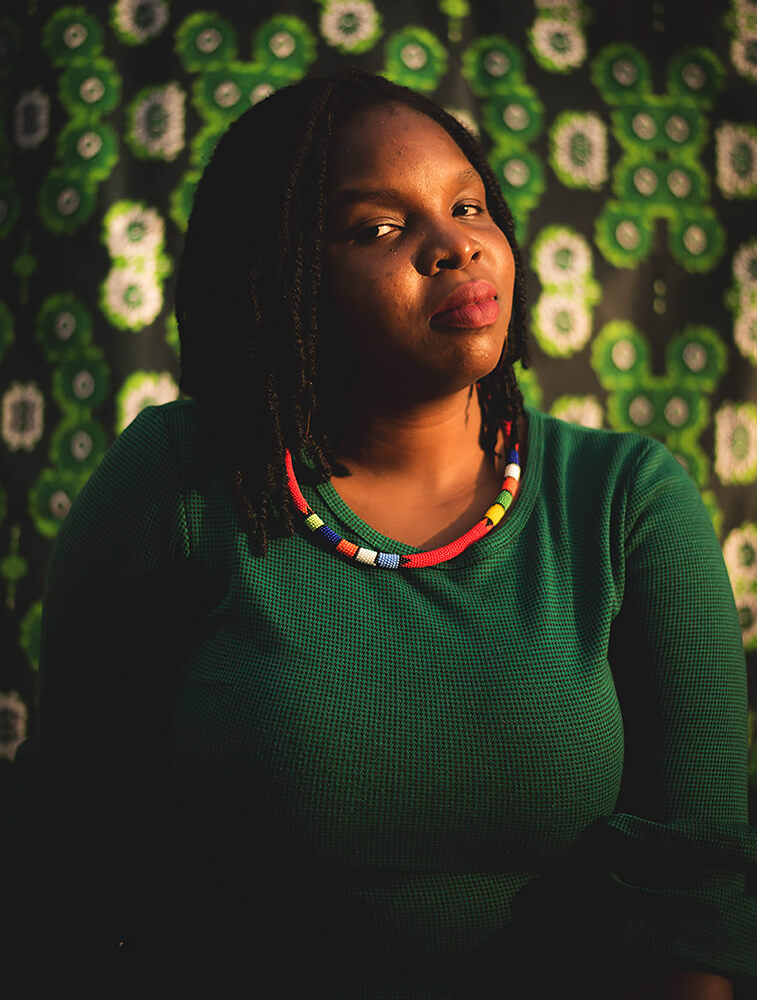Etinosa Yvonne (b. 1989) was born and brought up in Nigeria. She works with various art forms including photos and videos.
In 2015, while on a journey to self-discovery, Etinosa laid her hands on a camera for the first time. With no understanding of how to harness the potential of the camera and unaware of her talent, she continued working fulltime and learning diligently up until 2017, when she took a leap of faith resigned from her job and decided to go into photography fulltime.
Since 2017, Etinosa's works have been shown in various local and international exhibitions.
She has been a part of various lab programs, trainings, portfolio reviews and has recently been awarded a residency at Gasworks in London.
Etinosa is one of six talents selected for the 2020 cycle of the World Press Photo 6*6 Global talent in Africa.
Her particular attention to social issues led to a special commission by the United Nations Population Fund (UNFPA), New York in 2019. She has also collaborated with several institutions including, Welcome Trust, UK, ActionAids UK, Save The Children UK, Obama Foundation amongst others.
Her works have been published in several international publications.
Etinosa's style leverages on the power of storytelling to raise awareness, educate, inform, question and create expression. She continues to seek new ways to push the boundaries of storytelling.
Etinosa currently works and resides in Abuja, Nigeria.
